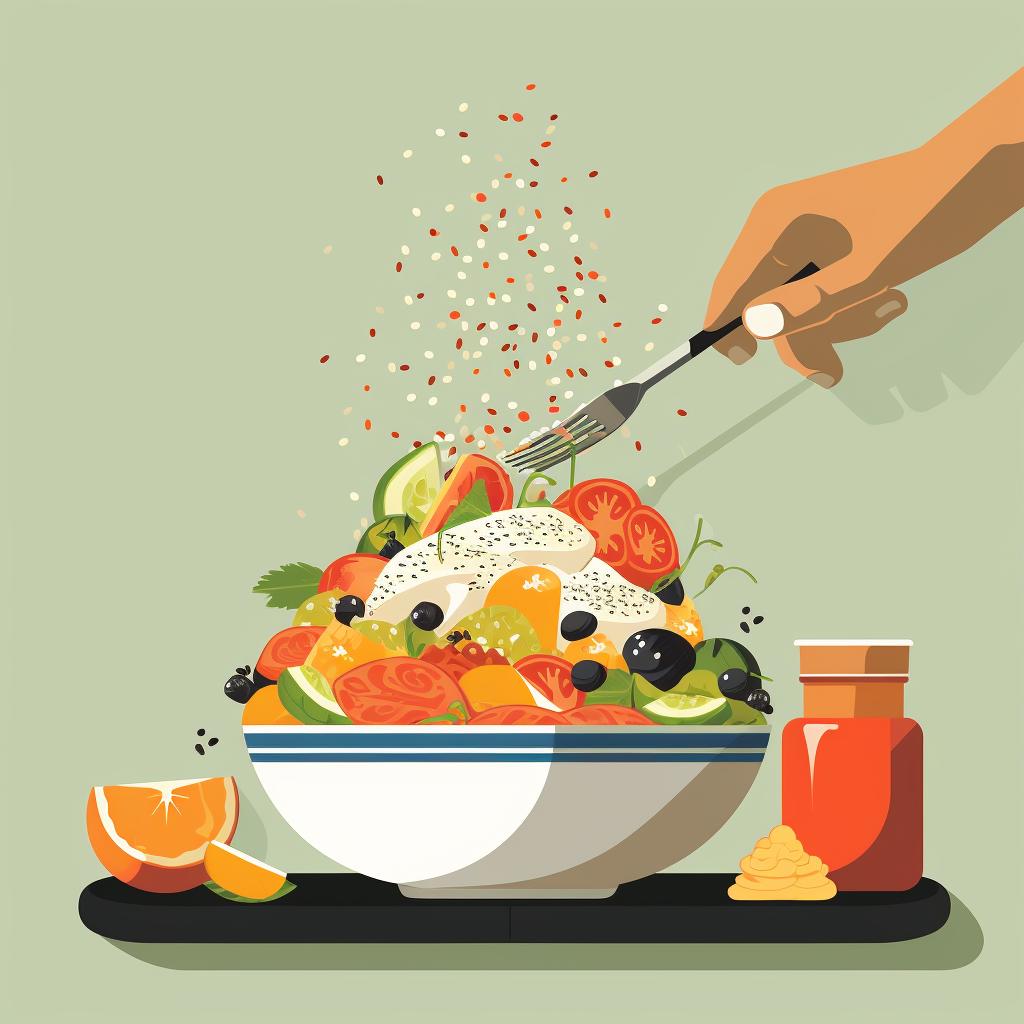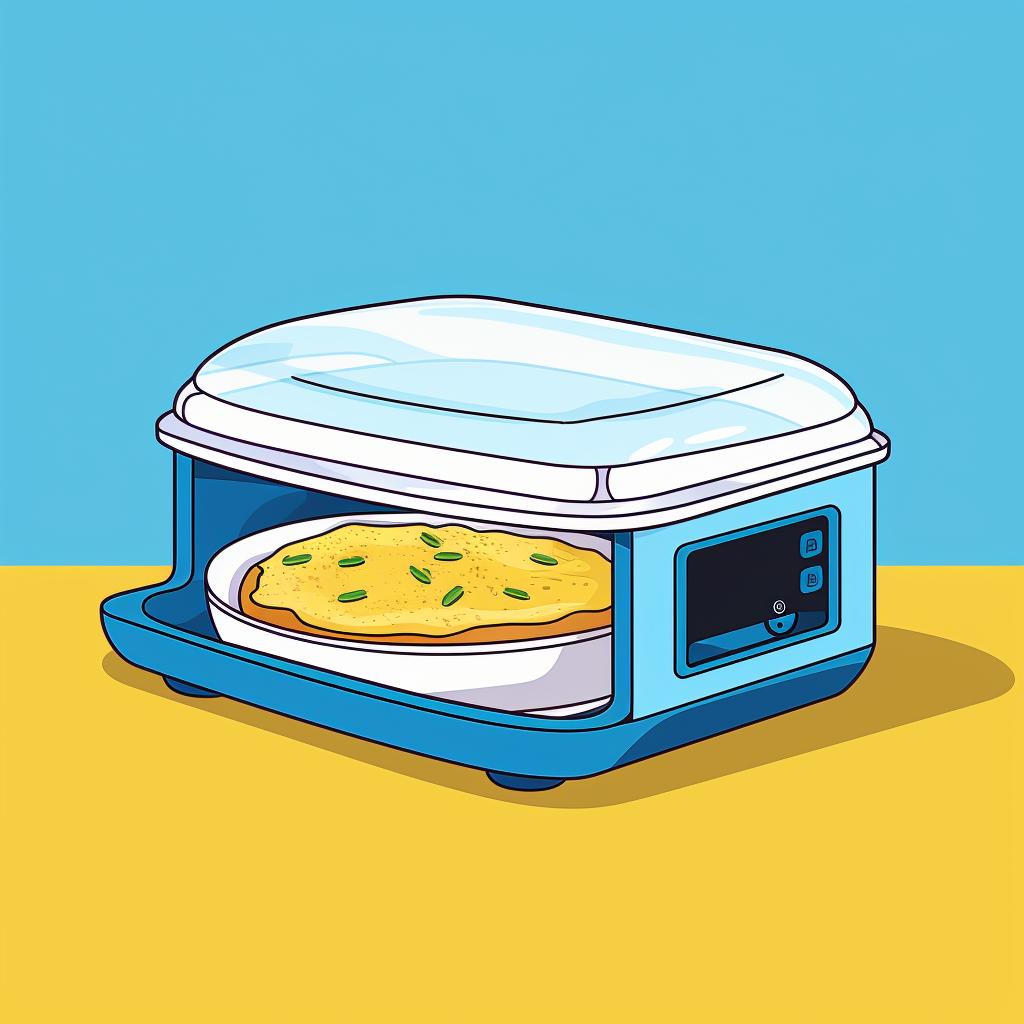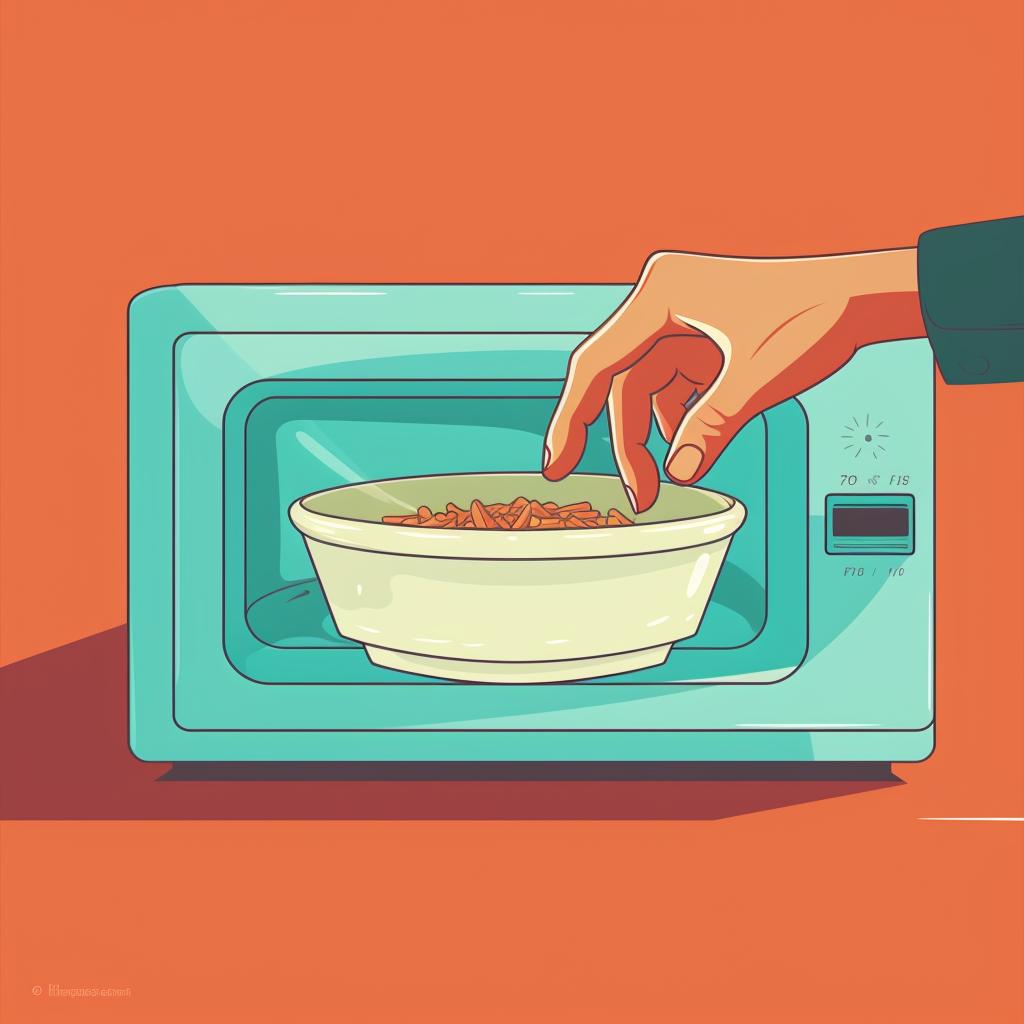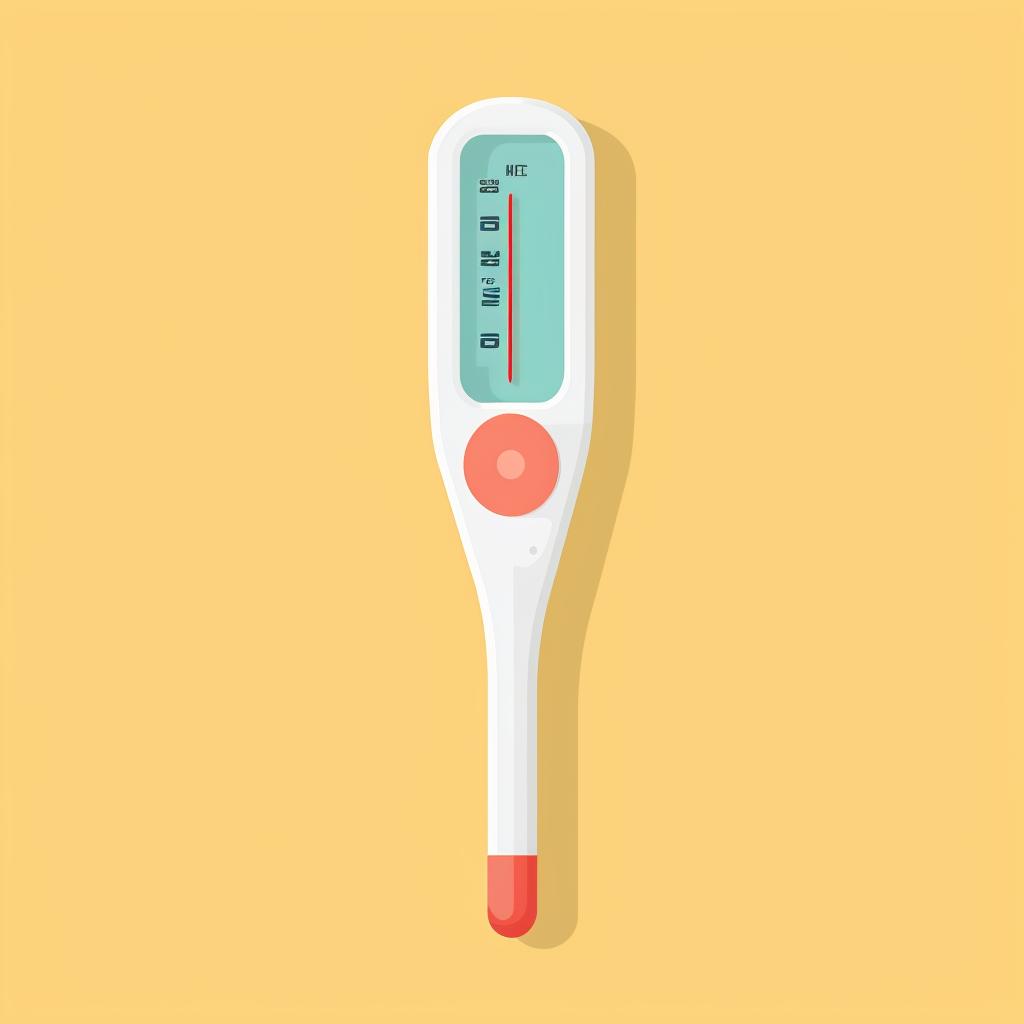Cecil Daugherty is passionate about all things BBQ. His favorite pastime is lighting up his grill and preparing meals for those he holds dear. Cecil holds the conviction that reheated BBQ can rival, and even surpass, the taste of freshly grilled food.
Greetings, fellow foodies! Let's dive right into the hot topic of the day: Does cooking or heating in microwaves degrade the food quality? In short, microwaving food does not inherently degrade its quality. However, like any cooking method, it can affect the texture, taste, and nutritional content of food depending on how it’s used.
🔬 Unraveling the Mystery: How Does Microwaving Work?
Microwaves heat food by generating waves that excite water molecules, creating heat through friction. This process can be faster and more energy-efficient than traditional cooking methods. But, it can also lead to uneven heating if not done correctly, potentially affecting the texture and taste of your food.
💪 Nutrient Showdown: Does Microwaving Zap Your Food's Goodness?
There's a common misconception that microwaving food zaps its nutritional value. However, any cooking method can reduce the nutrient content of food, especially water-soluble vitamins like vitamin C and B vitamins. The key is to minimize the cooking time and use as little water as possible. Since microwaving often meets these criteria, it can actually preserve nutrients better than other methods like boiling.
Comparison of Nutrient Loss in Different Cooking Methods
To better understand the impact of microwaving on food nutrients, it's useful to compare it with other common cooking methods. Here's a table showing how much nutrient loss can occur with various cooking techniques:
| Cooking Method | Vitamin C Loss (%) | B Vitamins Loss (%) | Minerals Loss (%) |
|---|---|---|---|
| Microwaving | 10-15 | 5-10 | 0-5 |
| Boiling | 25-30 | 35-40 | 20-25 |
| Steaming | 15-20 | 10-15 | 5-10 |
| Frying | 20-25 | 30-35 | 15-20 |
| Grilling | 15-20 | 20-25 | 10-15 |
As you can see, the nutrient loss varies greatly depending on the cooking method. Microwaving, when done correctly, can actually preserve more nutrients compared to other methods like boiling or frying.
🍔 Playing It Safe: Microwaving and Food Safety
When it comes to food safety, the microwave can be a double-edged sword. On the one hand, it can quickly reach the safe temperature for reheating food, killing off any potential pathogens. On the other hand, uneven heating can create "cold spots" where bacteria can survive. To avoid this, stir or rotate your food halfway through microwaving.
Microwave Reheating Safety Quiz
Test your knowledge about reheating food safely in a microwave.
🥊 The Heat is On: Microwaving vs. Oven Reheating
So, how does microwaving stack up against oven reheating? It depends on the food. Microwaves are great for reheating soups or beverages, while ovens excel at reheating baked goods or crispy foods. For more details, check out our in-depth comparison of microwave vs oven reheating.
🌡️ The Art of Reheating: Steps for Safe and Tasty Leftovers
Regardless of your reheating method, there are a few universal guidelines to follow for the best results. First, reheat only the amount of food you will eat to avoid multiple reheating cycles. Second, stir or rotate your food to ensure even heating. Lastly, always check that your food has reached a safe internal temperature.
Now that we've covered the basics, let's get down to the nitty-gritty. Here's a step-by-step guide to reheating your food safely and deliciously in a microwave.
And voila! You've successfully reheated your food in the microwave, maintaining its quality and ensuring it's safe to eat. Now, let's continue our discussion on microwaving...
🤔 The Great Debate: To Microwave or Not to Microwave?
Like any cooking method, microwaving has its pros and cons. It can be a quick and convenient way to reheat food, but it may not always deliver the best texture or flavor. Remember, the key to good food isn't necessarily the method you use, but how you use it. So, whether you're a microwave maestro or an oven aficionado, happy reheating!
What's your go-to method for reheating leftovers?
Share your reheating habits with us! Do you prefer the quick and convenient microwave, the traditional oven, or perhaps another method? Let us know!





















